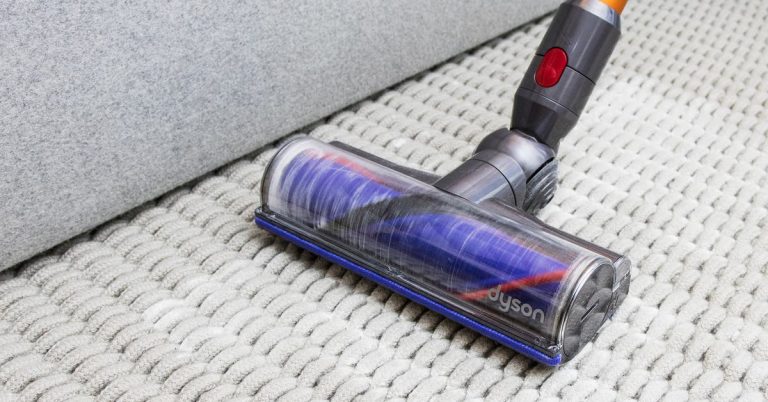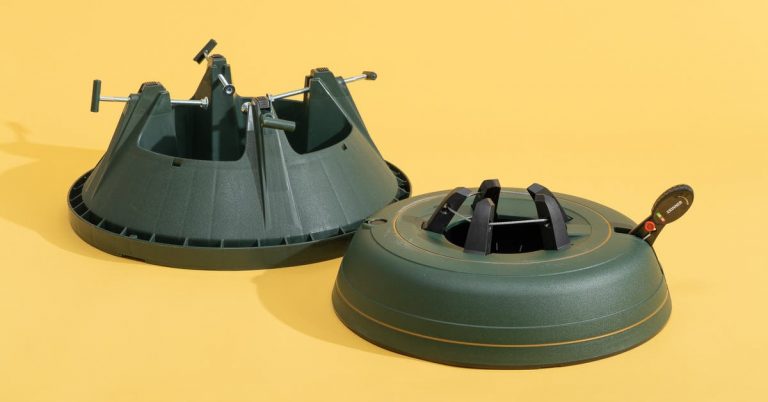The 2 Best Lumbar Support Pillows of 2025
Anyone who wants better posture while sitting — or who has ever wished that their dining room chair or the seats in their car had more back support — can benefit from a lumbar support cushion or lumbar support pillow. While an ergonomically designed office chair is the gold standard for office workers, a lumbar support cushion is a more affordable alternative that can do the trick in more situations.
But not everyone can benefit equally from a lumbar support cushion. According to the experts we interviewed, here’s who can get the most out of them:
Those who spend the majority of the day seated: Akhil Chhatre, MD, director of spine rehabilitation at Johns Hopkins University School of Medicine, told us that he would recommend a lumbar support cushion to patients with generalized back pain who usually are in a seated position for more than 30 minutes a day.
A lot of people — including people who work in an office or at home, long-haul truck drivers, gig workers, and seniors — fall into that category.
Those who want to improve their posture: I find that no matter where I’m sitting, the longer I’m seated, the lower I slouch. After an hour or so, I end up looking like a shrimp.
When used correctly, a lumbar support cushion can mold to the S-curve of the lower spine, keeping it in a proper, neutral position. That’s crucial, since according to a peer-reviewed study published in Chiropractic & Manual Therapies, “[p]ostures outside of neutral” can “lead to prolonged low level muscle contractions and changes in intervertebral disc pressures.” In layperson’s terms, that translates to neck and back pain.
Those who spend time in chairs with poor back support: When I work from home, I regularly sit in my dining room chair or even on the couch, where I find myself constantly shifting to offload the pressure on my joints and spine. Even if you’re lucky enough to have an ergonomically designed chair with lumbar support, it might not have lumbar adjustability, which is key for fitting diverse body types, heights, and lumbar shapes.
In those cases, a lumbar support cushion can fill in any gaps between your lower back and the chair you’re using. Jonathan Puleio, global vice president of Humanscale Consulting, told us that he isn’t necessarily a fan of lumbar support cushions — he believes there is no truly effective alternative for a properly designed task chair — but said that for such a pillow to work as intended, it should be used on a chair with a flat (non-curved) backrest. This is because the cushion’s function is to support the natural curvature of the spine, without introducing more postural risks.
The experts we spoke with unanimously agreed that lumbar support cushions should not be used as a quick fix for more serious or persistent pain.
Ben Fung, PT, DPT, a spokesperson for the American Physical Therapy Association, said that you should always seek out the guidance of your doctor or a physical therapist for a pain-management plan, since a lumbar support cushion isn’t a standalone treatment for lower-back pain. Johns Hopkins’s Akhil Chhatre emphasized that people with sciatica or scoliosis should avoid lumbar support cushions altogether.






